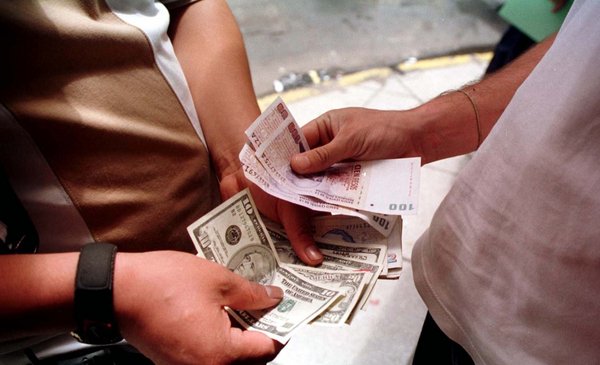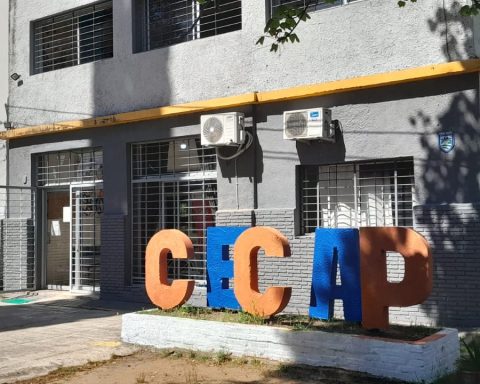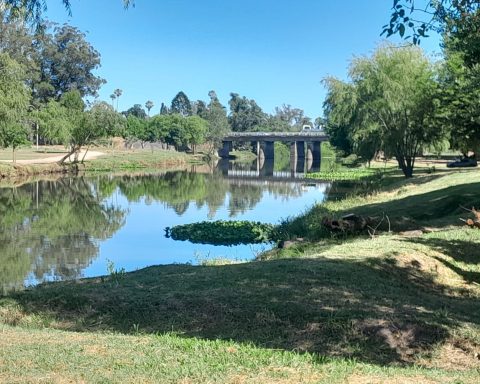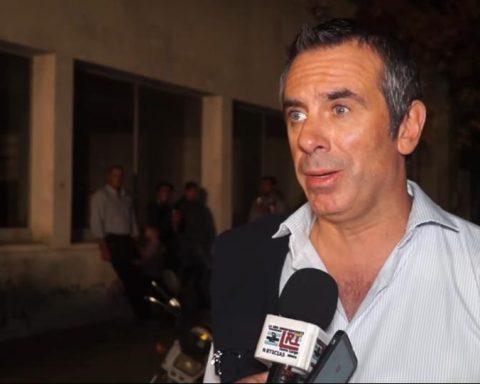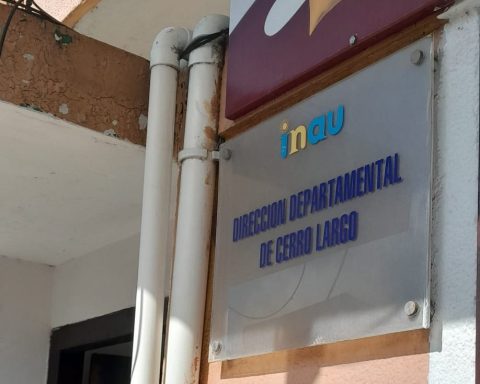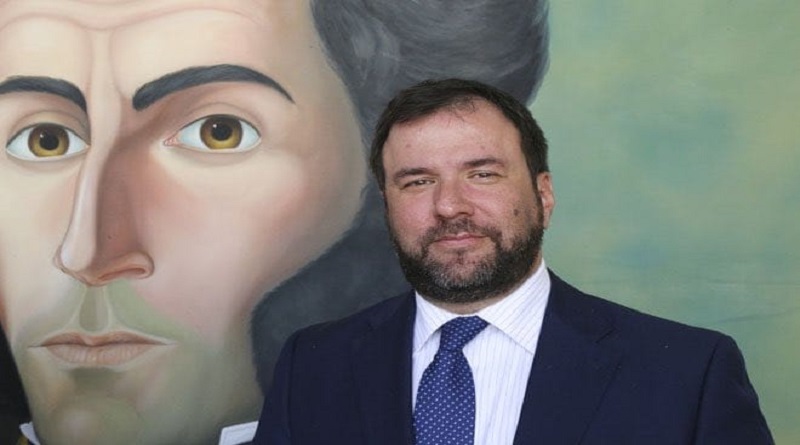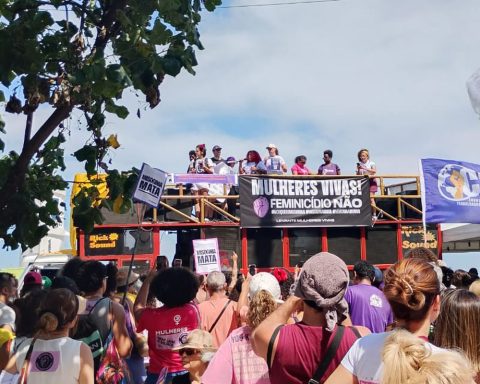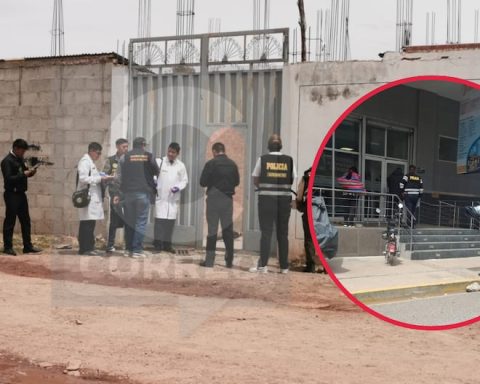ANDThe blue dollar today, Tuesday, January 24, is trading at A$377 (Argentine pesos) for purchase and A$381 for sale, increasing by A$5 at the opening of the market and breaking a new historical record.
After peaking at A$378 last weekthe parallel currency seemed to mark a downward path in the neighboring country until its explosion this Tuesday, when broke the A$380 barrier for the first time.
While, The official dollar today, Tuesday, January 24, remains at A$183.25 for the purchase Y A$191.25 for sale at Banco Nación.
For his part, the tourist dollar operates at A$382.50.
The Central Bank is still lookingthrough an improvement in the yields of the instruments in pesos, contain the strong exchange rate tensions that have been observed in recent weeks in parallel dollars, both in the blue and in financial prices.
This is why the monetary authority ordered this Monday to reduce the difference in what the Common Investment Funds (FCI) receive for subscribing to the Passive Passes with respect to what the banking entities obtain for carrying out these same operations.
Blue dollar: what was the secret that prevented its escalation to A$400?
As if it were a remedy, the contraindications of the Qatar dollar are beginning to be noticed. Card consumption abroad for more than US$300 per month is paid at A$379but if you add the 1.2% Stamp Tax charged by CABA (Autonomous City of Buenos Aires), it comes to A$383 pesos.
Therefore, this could be a sign that the blue, which was at A$370 in the post-closing, just A$1 more expensive than Friday, is still cheap. This Monday morning, up to A$375 was paid in the interior of the country, when the MEP —also known as the stock dollar— is an exchange rate resulting from an operation that consists of buying a bond in pesos and then selling it. for dollars— climbed to A$350, but the ANSeS Sustainability Guarantee Fund (FGS) appeared, which with US$16 million on the table pushed the stock dollar back to A$346.
RIPE- The Chronicler
